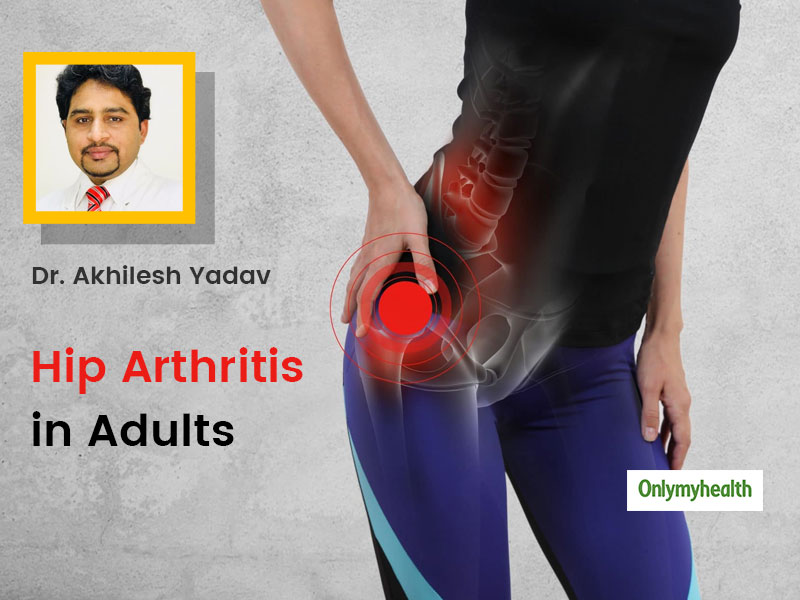

This may reflect the upgraded immune response that accompanies acute infections, the arthritis being another manifestation of a hyperactive immune system. HPOA may also resolve if the underlying chest disease is intensively treated.īoth the above forms of arthritis can be associated with acute respiratory exacerbations. Rest of the affected limb and local heat treatment can help reduce pain, stiffness and swelling. Again corticosteroids may be needed for cases resistant to these treatments. The changes can slowly progress and can result in permanent bony destruction.Īs with classic CF associated arthritis, symptoms usually respond to non-steroidal anti-inflammatory drugs with considerable relief of pain and swelling. These x-ray changes may not appear for several months after the clinical signs and pain. X-rays show the periosteum, the tissue covering the bone, elevated from the bone surface and some new bone formation. In most patients the joint symptoms are symmetrical, for example affecting both wrists, both knees or both ankles. In CF it is responsible for finger clubbing, swelling of the ends of the long bones with resulting tenderness, for example those in the forearm, and pain or swelling of large joints like the ankle or knee. Hypertrophic pulmonary osteoarthropathy also occurs in a variety of other lung diseases. The clinical picture may vary from a minimally swollen joint to tender, warm and swollen joints resembling those seen in rheumatoid arthritis. Symptoms are often worse in cold weather. Pain, which is generally mild at the beginning, may increase to a continuous ache. It is usually found in young adult patients and has an insidious onset.

Although in most cases there is no permanent damage to the affected joints some have progressed to an erosive arthritis with bone destruction.Ī second form of bone and joint disease is called hypertrophic pulmonary osteoarthropathy (HPOA). Symptoms mostly completely disappear between attacks. The arthritis follows a remitting and relapsing course. These patients require the expertise of a consultant rheumatology specialist. Occasionally more aggressive and potentially toxic treatments are necessary. Short courses of prednisolone may be needed in a minority of patients. Most patients rapidly respond to non-steroidal anti-inflammatory drugs (NSAIDs) such as ibuprofen (Brufen®).
#Arthritis weather calculator skin
Sometimes the attacks are associated with high swinging fevers and skin rashes. Patients often cannot walk because of leg pains and just want to stay in bed. Acute onset at a young age is often sudden with widespread joint pains and general ‘flu-like’ symptoms. Episodes usually last less than a week but can be quite disabling. This is sometimes referred to as CF associated arthritis. The commonest form of joint pain in CF is an arthritis that mostly affects the large joints, for example the knee, ankle, wrist, elbow and shoulder. Staphylococcus aureus and Methicillin Resistant Staphylococcus aureusĮpisodes of joint pain are well recognised in cystic fibrosis (CF), usually starting after ten years of age, and occurring in about five to ten percent of patients (Lawrence et al, 1993).Intravenous antibiotics and Pseudomonas aeruginosa.Using a surrogate marker of subclinical atherosclerotic organ damage as indicator of CVD burden, the newly ERS-RA risk score that incorporates specific aspects of RA performs as well as ACC/AHA 2013, mSCORE, FRS BMI and QRISK3 estimators. Comparison of the AUC-ROCs did not show that discriminative ability for detecting subclinical atherosclerotic damage was improved with ESR-RA. Compared with the ultrasound results, all the areas under the receiver operating characteristic curves (AUC-ROC) showed good discrimination properties (0.848 - FRS BMI, 0.816 - mSCORE, 0.828 - ACC/AHA 2013, 0.844 - QRISK3, 0.869 - ESR-RA). Of the 84 patients evaluated, 33 (39.3%), 16 (19.0%), 24 (28.6%), 25 (29.8%) and 33 (39.3%) subjects were defined as having high CVD risk according to ACC/AHA 2013, mSCORE, FRS BMI, QRISK3 and ERS-RA, respectively. The presence of a carotid intima-media thickness (CIMT) >0.90 mm or of carotid plaques identified the high-risk patients. Subjects also underwent ultrasound assessment of the carotid arteries. We calculated the disease-specific ERS-RA and four traditional CVD prediction scores: the modified Systematic Coronary Risk Evaluation (mSCORE), the Framingham Risk Score using body mass index (FRS BMI), the calculator developed by the American College of Cardiology / American Heart Association in 2013 (ACC/AHA 2013) and the QRISK3. To assess the performance of the Expanded Risk Score in Rheumatoid Arthritis (ERS-RA), a disease-specific cardiovascular disease (CVD) prediction score, in evaluating the 10-year risk, in comparison with other traditional algorithms in patients with rheumatoid arthritis (RA).Ĭonsecutive RA patients, aged 40-75 years, without established CVD, were included.


 0 kommentar(er)
0 kommentar(er)
